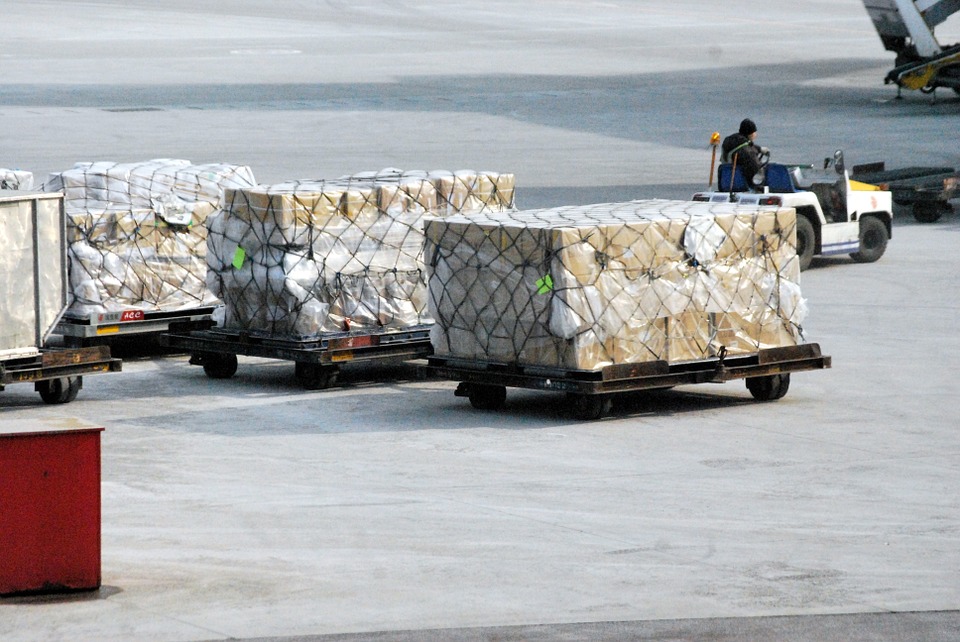
Sponsored article
Working in a warehouse requires a tremendous amount of focus and physical effort. Find out which vehicles will help you complete your workday successfully.
A forklift is a wheeled motorized vehicle used to lift and move heavy objects. On the other hand, a pallet truck, commonly known as a pallet truck, is simply a sub-type of forklift truck, designed to be operated manually and thus able to carry only products of much lighter weight.
When choosing a vehicle for your warehouse, you should take into account not only its load capacity, but also its maintenance costs, drive unit, level of visibility from the driver’s seat, maximum speed and acceleration capabilities.
The most important criteria are, of course, the payload, the drive unit and the power costs of the vehicle. Let’s address the latter feature. Diesel forklifts are more expensive than their replacements and more prone to possible breakdowns, but they don’t use as much fuel. On top of that, they can be relied on in harsh conditions.
Gasoline-powered trucks are a good option for those who work outdoors. Unfortunately, they are not suitable for a warehouse. Vehicles that use gasoline or other toxic substances are banned when working on the halls.
Forklift sales show that electric-powered machines are still the most popular choice. This is not surprising. Unlike a diesel forklift, it is more stable and not as expensive, plus it can be used in the warehouse. An employee will easily be able to operate it between racks. The only downside to an electric forklift is that it requires frequent recharging – 4 to 8 hours on average.
How important the other criteria are depends on the working conditions. Not everyone will use the potential of a variable speed forklift to its full potential. This feature is only useful when working short distances and reaching for the load frequently. Maximum speed, on the other hand, will be important for workers who have to cover long distances.
However, there is one very important criterion when choosing a forklift truck that is rarely remembered. It is the visibility of the driver’s field of vision, determined by the seating position in the vehicle. With the right position, the employee has full control over the path of the vehicle and does not pose a danger to himself or others.
The most popular forklifts are manufactured by brands such as Still, Jungheinrich, Toyota, Hyundai, Nissan, Hyster or Linde. Especially popular are the products of Japanese companies because of their durability, precision, low operating costs, as well as meeting even the most stringent safety standards.
Another noteworthy brand is Still. Their electric forklifts are relatively quiet, durable, and most importantly have a longer battery life than most electric vehicles on the market.
Although this project has not yet become a reality, GEODIS is currently working on a concept for a self-driving forklift. This product would increase storage productivity and minimize the risks associated with improper vehicle use. However, we assume that we will still wait some time for an automated forklift to appear on the market. Although rumors about automated vehicles circulated the world several years ago, we know very little about this type of project until today. It takes time and many years of testing for manufacturers to create an automatic but safe forklift.
(Photo: pixabay.com)